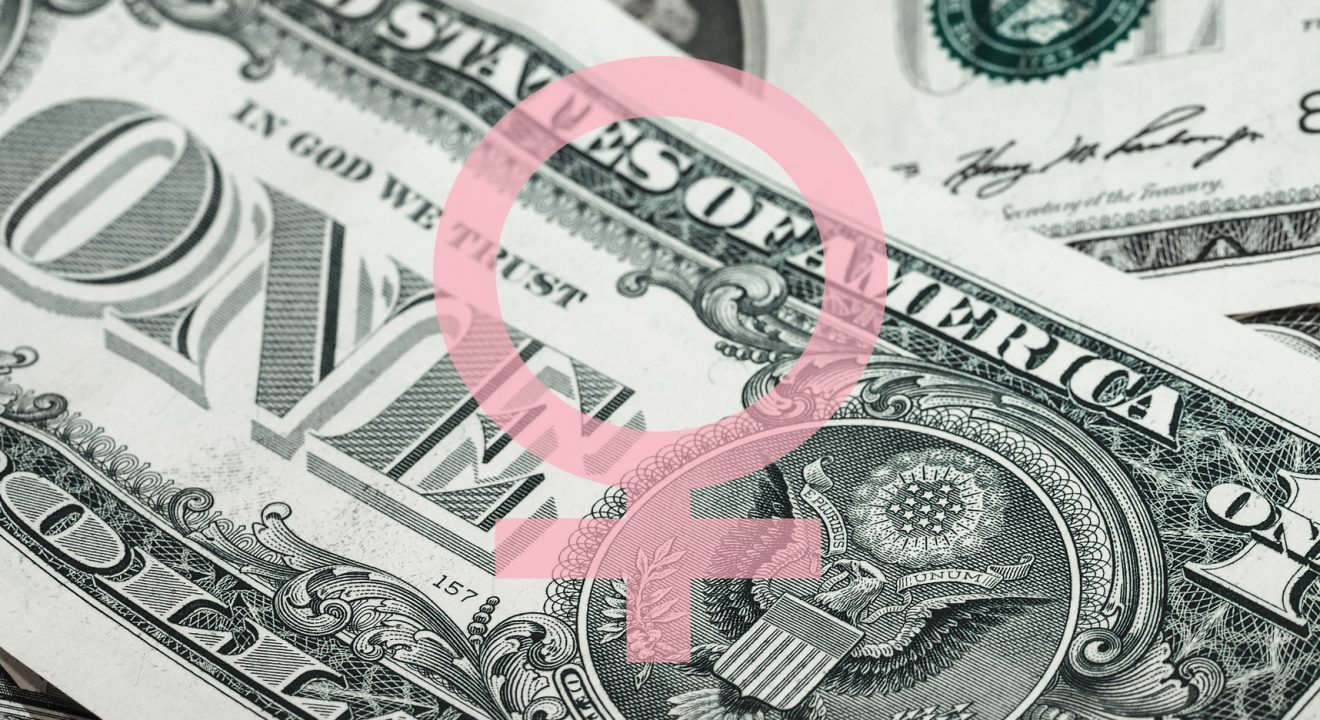Accomplish May 11, 2017


Looking at your bank account statement, you can’t help but take a celebratory selfie with #girlboss as the first hashtag. You’re fresh out of college and even fresher into your first job. For one of the first times in your life, you’re earning a little more money than you need.
But before you start thinking of shopping sprees, consider shopping for a more secure financial future instead. As Stephanie Genkin, financial planner and instructor at NYU School of Professional Studies points out, investments may be even more important for women than men. Not only do women live longer, but they are also more likely to stop working to care for kids or aging parents.
So where does the savviest girl invest? Here are financial experts’ nine most promising suggestions for getting the most bang for your hard-earned bucks!
Before you make your first investment, don’t forget to check your debt! If you’re making your minimum debt payments and still have some extra money, John DeFeo from The Street suggests three different approaches:
Bottom line? Before you invest, make sure that extra 100 bucks is truly that: extra.
Considering that 40 percent of young adults don’t have any savings, investing in an emergency stash is the best kind of rebellion. According to My Bank Tracker, putting your extra $100 in a savings account every month ensures that your wallet is ready for unexpected expenses. It also doesn’t hurt that you’ll earn interest while your money sits in the bank!
If your goal is to make money, many people typically invest in the stock market. However, as Kyle Taylor from The Penny Hoarder explains, brokerage fees can take out a chunk of your $100 budget. Taylor’s advice? Try out a free brokerage account like Loyal3. Loyal3 doesn’t charge you to buy or sell stock or require a minimum balance. Another unique feature of Loyal3 is that you can invest in IPOs or new companies just entering the stock market.
Similar to Loyal3, the main benefit of DRPs (or Dividend Reinvestment Plans) and DSPs (or Direct Stock Purchase Plans) is that you buy stock directly from companies (or the companies’ agents) instead of paying brokers. According to The Motley Fool, over 1,000 major companies offer these stock plans, and many of the plans are free. Another bonus is that you can purchase stock in fractional amounts, such as spending $100 to buy 1.33 shares of Microsoft. For companies that don’t offer DRP plans, some brokers (like ShareBuilder and BUYandHOLD.com) let you set up accounts similar to DRPs. Be sure, however, to consider any unique requirements of these different plans like trading costs and monthly minimums.
For another stock market option, Matt Krantz from USA Today suggests that investors with only $100 should sign up with a firm with no minimum deposit (such as TD Ameritrade). In particular, TD Ameritrade allows you to buy and sell exchange-traded funds (also known as EFTs), which are stocks that own hundreds of other stocks. According to Krantz, EFTs can help investors diversify their portfolio while keeping their expenses low.
Stock market not your thang? No worries! For another option, The Penny Hoarder advises experimenting with Lending Club.com. Lending Club is a network composed of person-to-person investments that are regulated and protected. How does it work? Through the network, you find and invest in someone looking for a loan. Instead of using banks, Lending Club directly connects investors and borrowers. This lowers borrowing rates and increases investors’ returns. Still not convinced? Taylor from The Penny Hoarder now receives a 14-15 percent return on all of his Lending Club investments.
Bonds are another type of secure investment because they are unaffected by market risk or inflation. As My Bank Tracker explains, I-bonds offer a slightly higher return rate than a regular savings account. Another plus? You can buy electronic bonds for $25 – less than you probably spend on dinner during a girl’s night out! Bonds won’t increase in value quickly but, if you’re looking for a long-term investment, they make great sidekicks to your retirement savings.
For an easy investment that will pay off in the end, arrange for part of your paycheck to be automatically deposited in your 401(k). As Good Financial Cents points out, this is simple and if you have a 401(k) match, your employer matches every dollar that you invest.
An excuse for spending money on yourself may sound too good to be true, but this really is one of the suggestions from Good Financial Cents! In particular, invest in yourself by investing in your “human capital.” This might mean using that $100 to crowdfund a better education (for instance, if you wanted to get your Masters degree but didn’t have the money) or take online courses to diversify your skills. As Crystal Hammond of Sophisticated Spender recommends, you can even use the money to treat your mentor to lunch and learn how they invest. Don’t underestimate the value of networking or improving your own resume – it could lead to a job with more opportunities than stocks could ever provide.